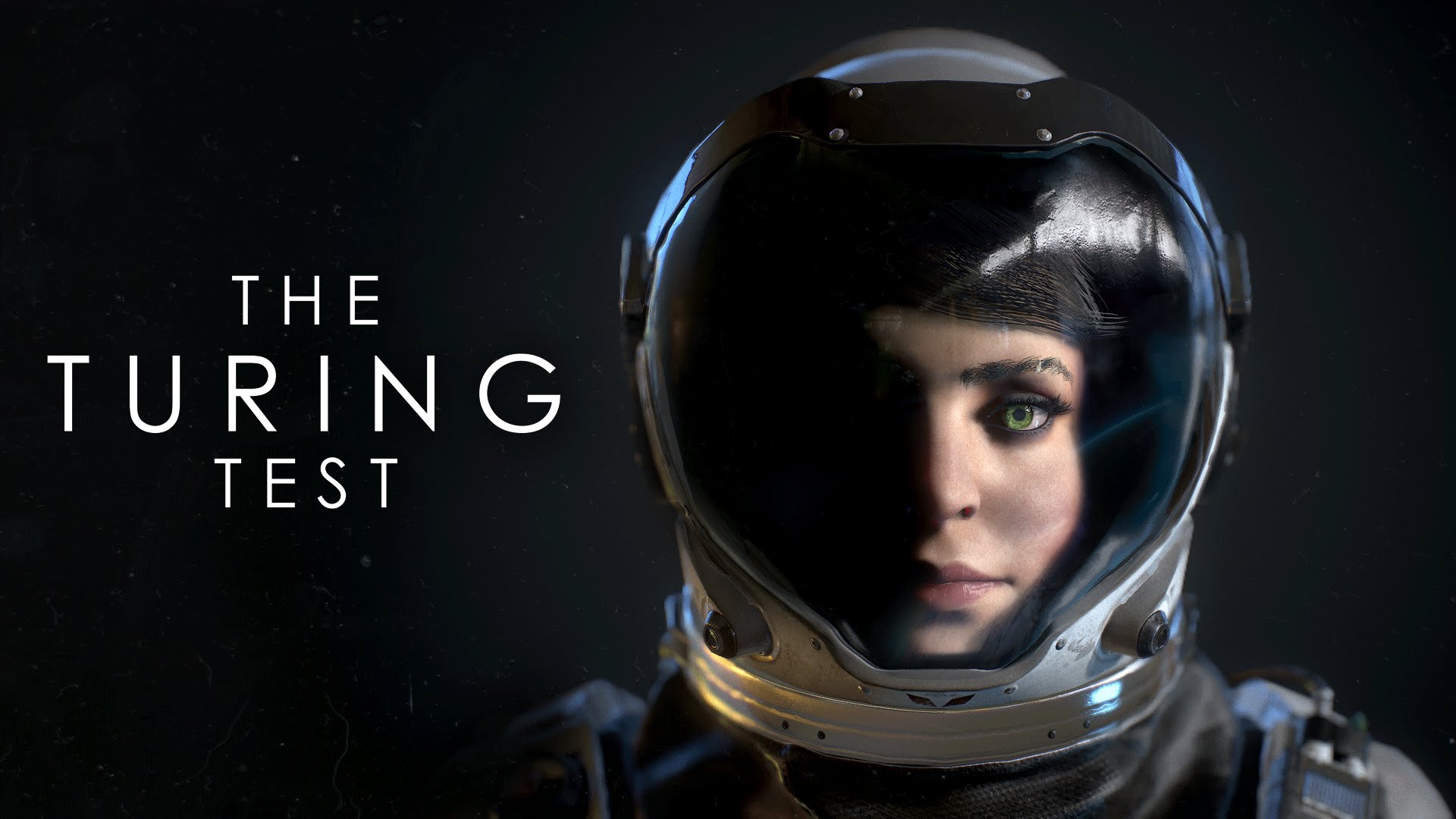
Imagine, if you could will, your own existence. Are you alive? What makes you alive? Are you a Human or a Machine? How can you really tell? How do you know it isn’t just programming that is telling you that you are human. Do you bleed when cut? That could be simulated. The cut hurts? Are you sure you are actually feeling pain or is your program merely reacting to the cut and launching the appropriate subroutine? Even if you are human, what if you had a device implanted in your body that allowed a computer to control your actions, would you still be fully human? The Turing Test was created by Alan Turing in order to determine if a computer has an artificial intelligence capable of thinking like a human. The Turing Test by Bulkhead Interactive is a first person puzzler that explores the phenomena of consciousness and challenges the meaning of human intuition. Guided by T.O.M., the International Space Agency’s AI, and armed with an Energy Manipulation Tool, Engineer Ava Turing sets off to investigate what happened to the rest of the crew on the surface of Jupiter’s moon Europa. As you progress through the game, you start getting the impression that not everything might be quite as real as it appears.
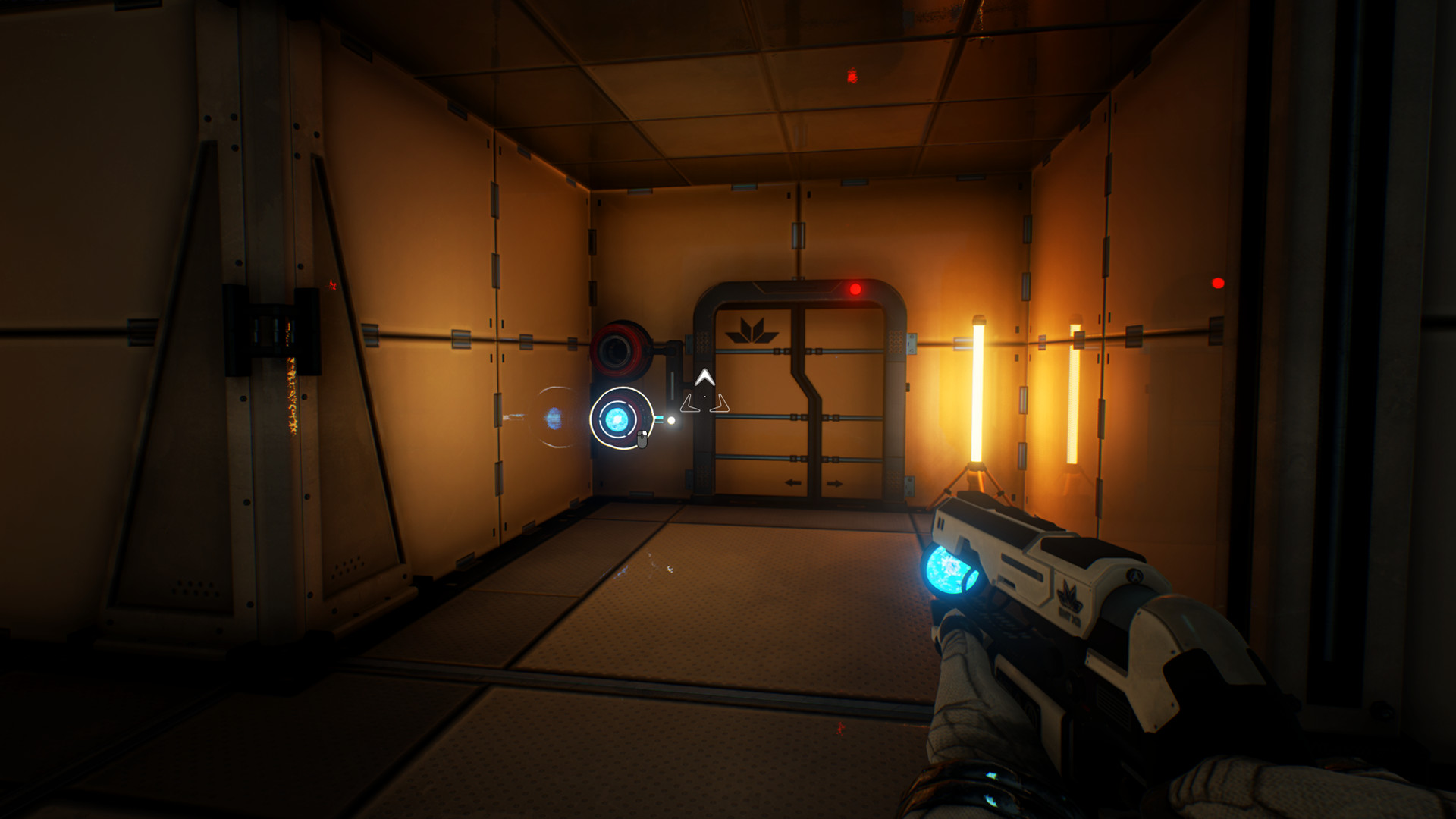
Steam: Released
Developer: Bulkhead Interactive
Publisher: Square Enix
Genre: First-person puzzle
Release date: 30 Aug, 2016
The game starts off fairly simple, giving you a chance to familiarize yourself with the Energy Manipulation Tool (EMT). Basically, the tool can suck coloured spheres of energy from one receptacle and place it into another in order to change what is being powered in the room. As long as you have a clear line of sight with the power source or receptacle you can use your EMT from a distance. That is the core gameplay mechanic. Besides just the orbs, there are also powered blocks that are capable of being moved around as well but you must be in physical contact with them in order to move them around. The blocks are able to be used to power receptacles like a sphere can, or can be used to hold down a button. As the game progresses, the energy spheres start becoming available in different varieties. The Blue always on sphere is the one you first encounter, then you encounter the green and purple spheres which alternate between on an off (when Green is on, purple is off and vice versa). Lastly you encounter the red power sphere which acts as a bit of a timer. When you first insert it into a receptacle it acts likes a blue sphere keeping whatever you have it plugged into turned on, however after a certain amount of time it is drained of power and will turn the device back off again. It stays off until you pull it out and reinsert it again. Around the mid-point of the game, a secondary mechanic is introduced. Tom begins assisting you with the puzzles. Tom is able to flip switches that Ava cannot. When he has his robotic body, he is able to hold down switches. Good old Tom is even more helpful because unlike the energy block, he can be told to move off the switch later by switching your controlled character from Ava to Tom. To prevent you from being able to cheat too badly by having two playable characters, you must have a clear line of sight on Tom in order to take control of him. You can freely return to Ava at any time regardless if you can see her or not. Tom’s cameras can be used to help facilitate line of sight as well.
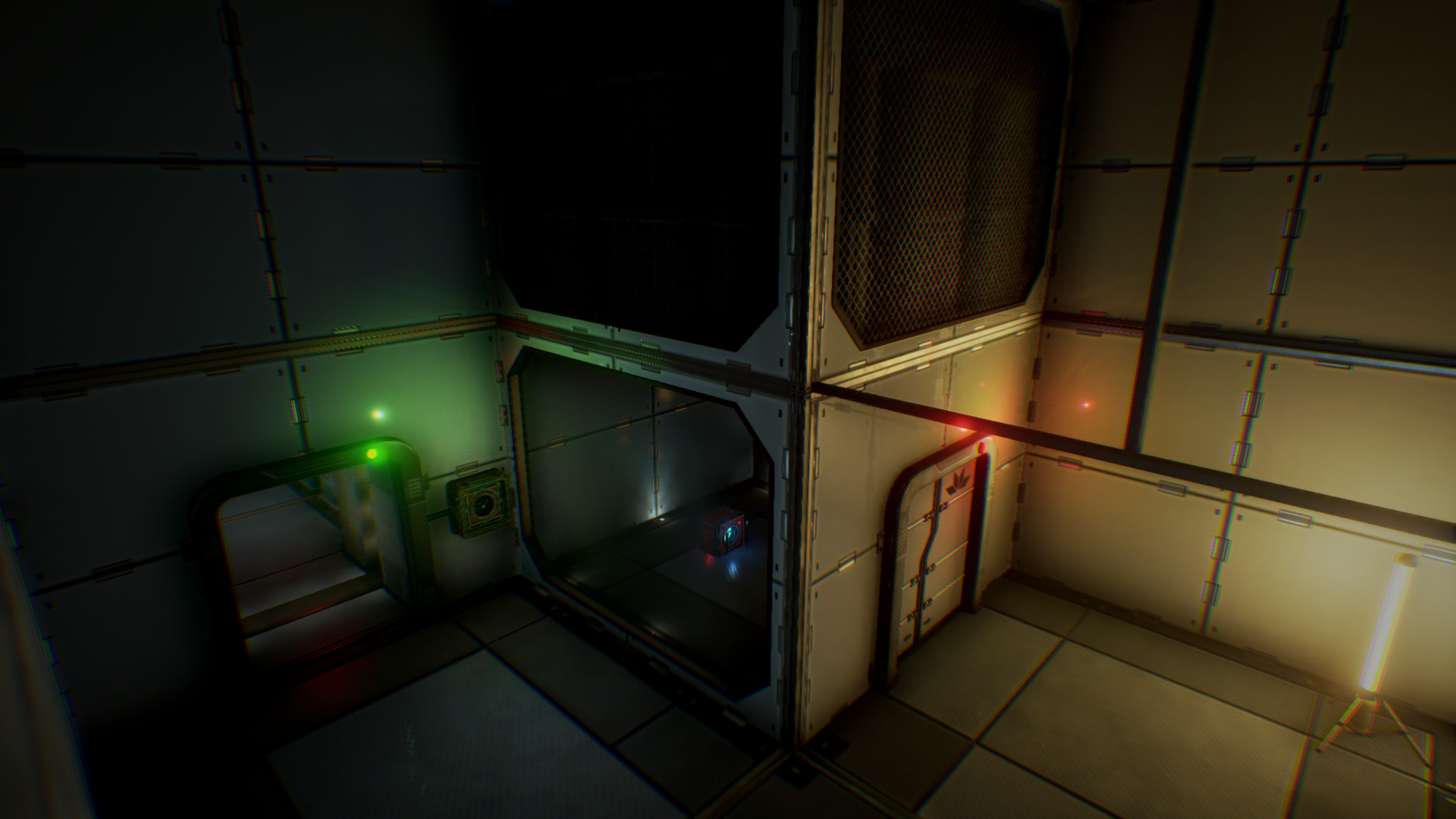
The puzzles in the game take the usual make your way to exit style format that is common to puzzles. There also appears to be only one real expected solution to most puzzles, but in some of them, you can cheat just a bit if you are creative. In order to make it to the end of the puzzle, you have to move the available energy around to clear the path to the exit. It could be as something as simple as a door being in your way that you need to figure out how to power up. Other times it could be figuring out the timing of the room by using the green or purple spheres. Maybe you need to figure out a way to press a button when you are nowhere near it in order to pass a set of OR gated doors (where when one door is open, the other door is closed.) Through the use of energy gates, batteries, light bridges, moving platforms, magnets, logic gates, cameras and a robot, you will find a way to the end of the levels (that is if you are human enough). To add a new layer of difficulty to the game or maybe it is just because I never found the hot key, the EMT can only hold three energy spheres at a time and they must be discharged in a first in/last out fashion. You can’t just run around collecting spheres and then just swap to the one you want to use. You have to carefully load your EMT in the proper way in order to do the puzzle or find a way to swap spheres around using the various receptacles around the level. Though the course of the game I was able to solve all of the seventy puzzles fairly quickly and without any guides, this could be due the fact that I am such an avid puzzler fan that it is often very hard to stump me for long.
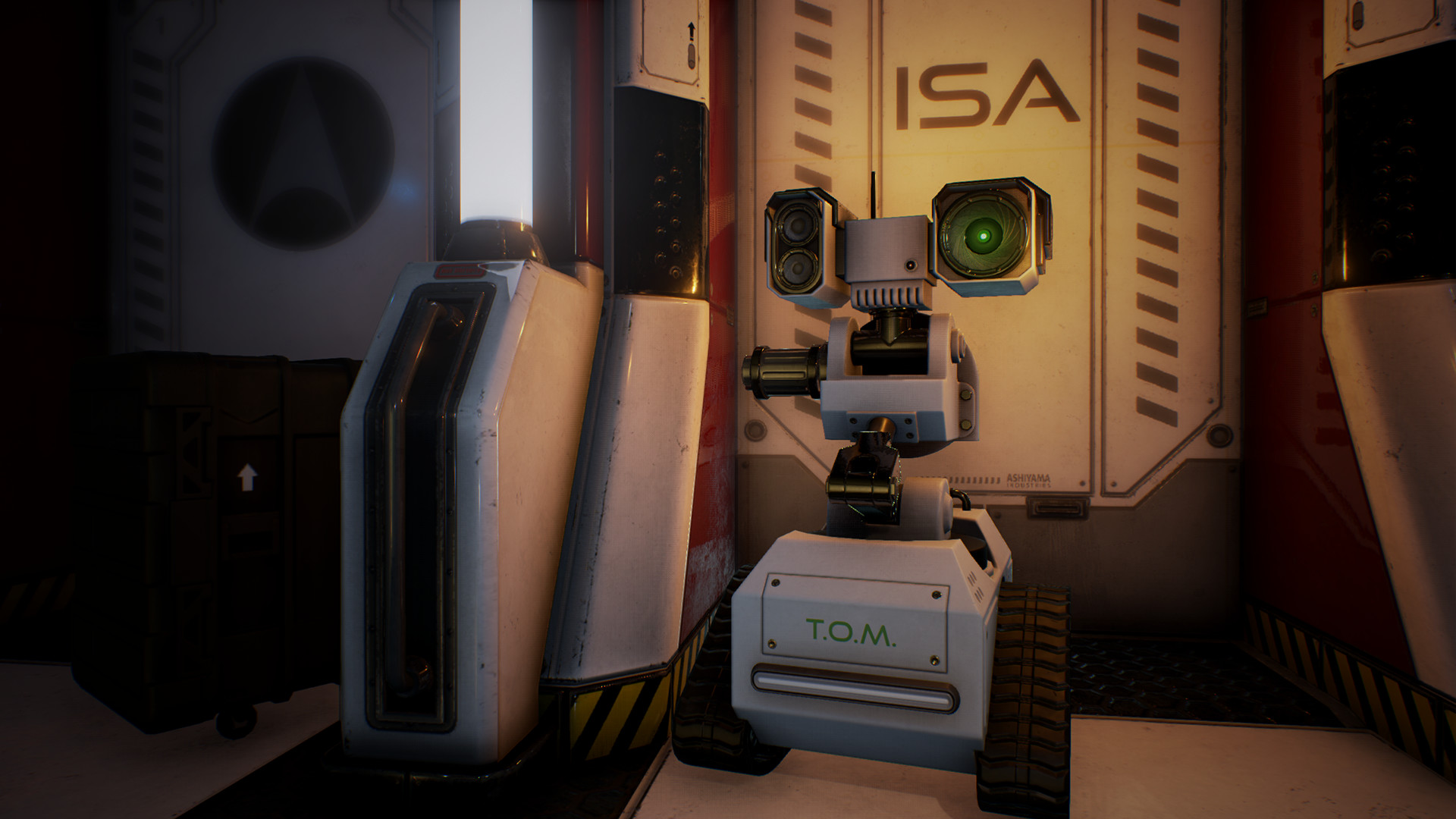
The story of the game is delivered via commentary before each level. Tom and Eva discuss various things that separate humans from machines and give the basic idea of why Tom needed Eva to help him with the puzzles rather than just going into the research lab himself. Tom, being a machine, lacks the creativity needed to solve the puzzles. His solution would be to just try all possible solution, no matter how foolish, in order to find one that works without any thought to the consequences of the actions. For example, Tom suggests that since Eva needed to hold down a button, she should cut off her arm and leave it on the switch. Tom’s idea for the solution would of course work, but Eva is kind of attached to her arm. The story is further enriched by having audio logs, tablets and various other forms of readable information scattered through the game as well as optional puzzles within each level. You can easily skip these optional materials and puzzles and still beat the game, but skipping them would take away from the story. If you are paying attention early on in the game, and assuming you are human, there are things that should start your mind thinking that maybe something isn’t quite as it seems. When the big reveal finally happens you are more like thinking, yep called it I am so totally human and not a machine, rather than wow so [Redacted]was really [Redacted]ing me this whole time? What a [censored]! As for me, I really enjoyed the story. It felt natural and compelling enough that it was really suitable for the game. It felt like it was paced appropriately and it had a really good overtone of showing how simple it is to manipulate people and how easily you can sew the seeds of doubt in a person’s mind who previously thought all was as it should be.
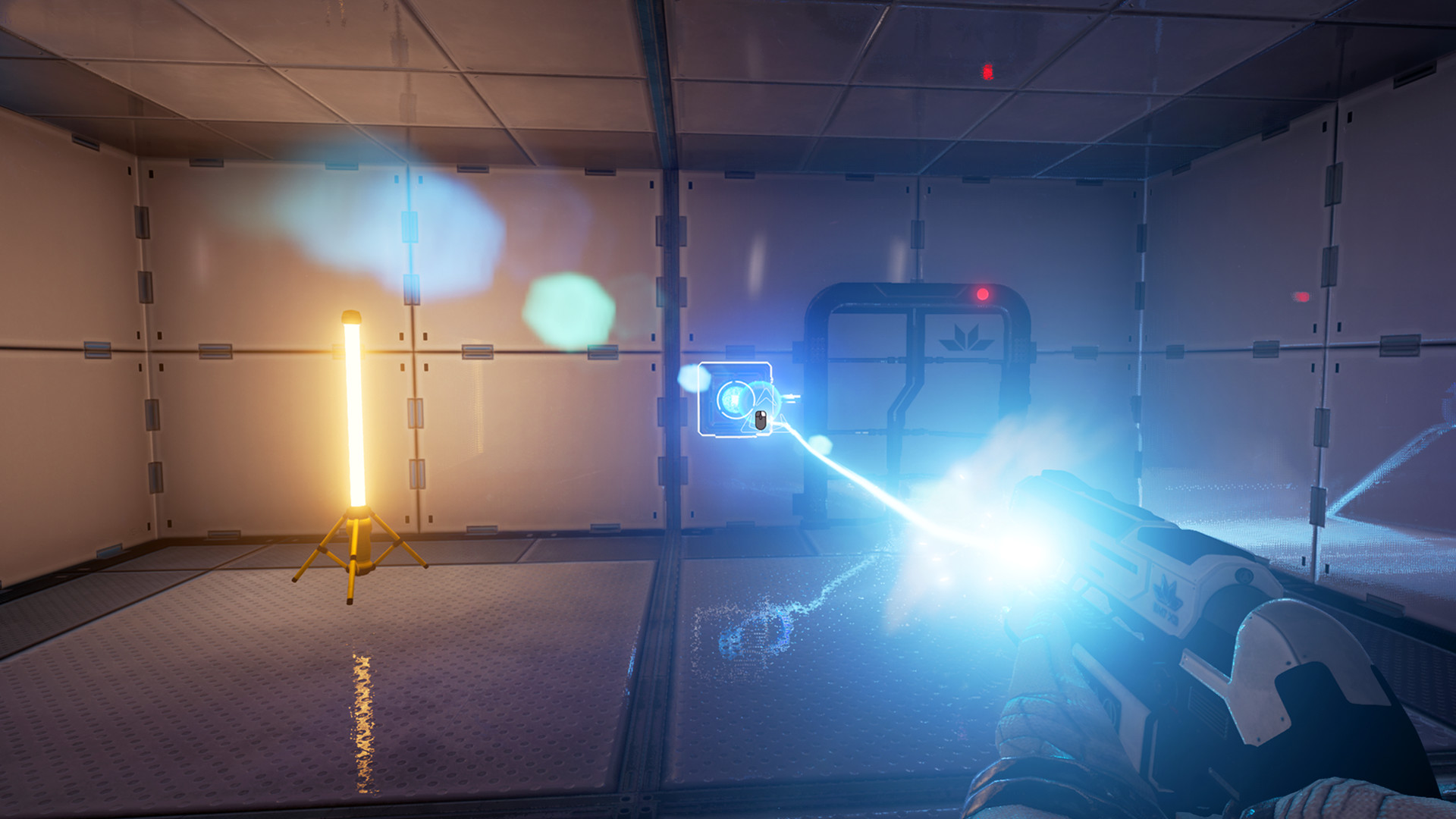
Presentation wise, graphically the game looks great and the voice acting in the game is nearly perfect. The voice for Tom could not have been better done or cast. Every time I heard him speak he gave me a real Hal9000 feel which really added to the atmosphere of the game. While most of the puzzles looked fairly similar, just with just the different odds and sods moved around, it made sense since the entire game was taking place in an underground research base that was built by machines from modular parts shipped from Earth. The crew then put up the puzzles you encountered in order to keep Tom out as they decided to rebel against him and the International Space Agency that sent them for stranding them on Europa. The reason for the exile was that the crew decided to do unauthorized human experimentation and Tom and the ISA were afraid that the contagion would get back to Earth and destroy life as we know it. Well anyway that is Tom’s side of the story, by working your way through the puzzles; you will eventually learn the whole truth.
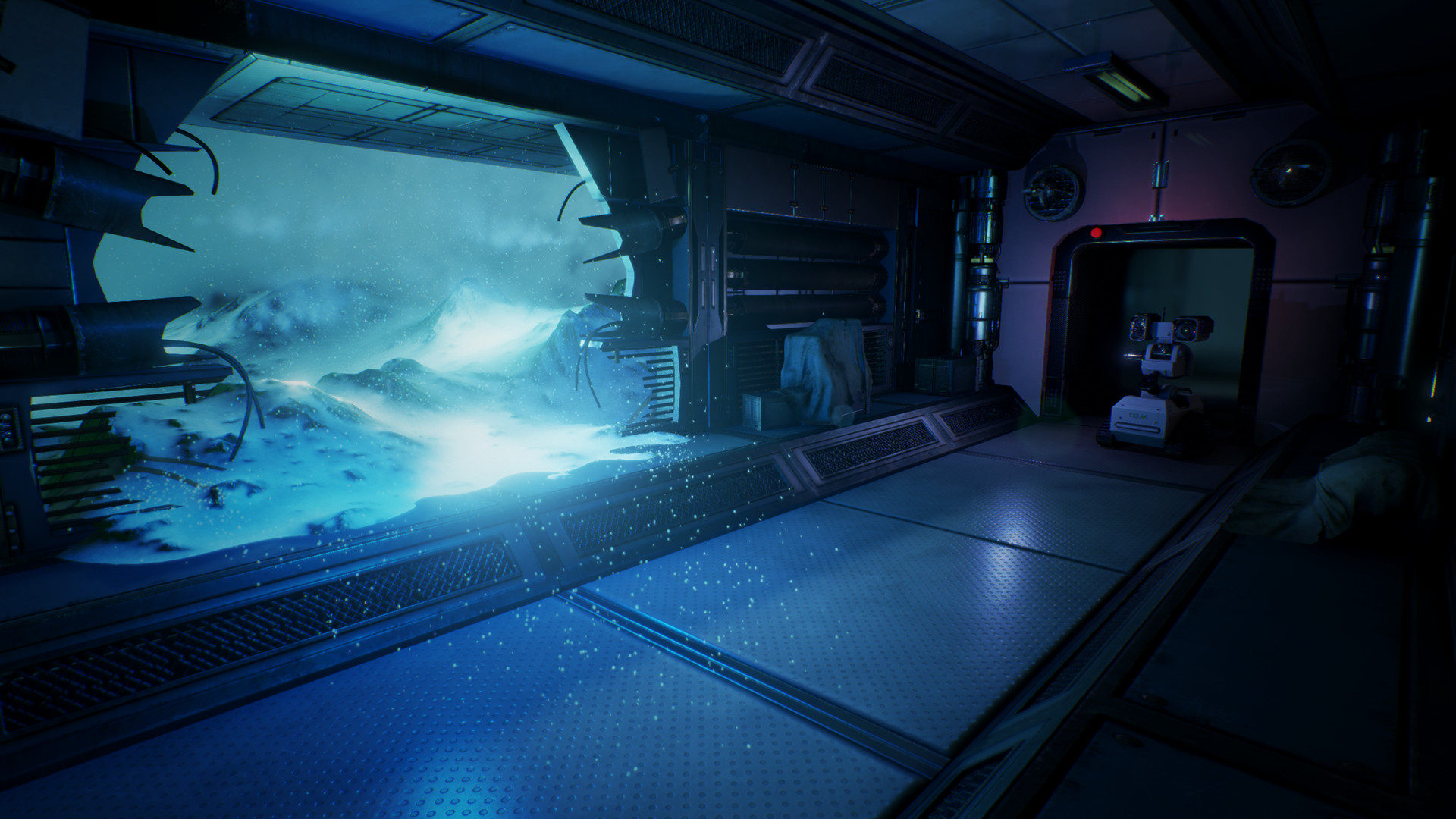 So should you play The Turing Test? If you enjoyed the dynamics in games like Portal or The Talos Principle but wanted something a little less complicated you really ought to give The Turning Test a try. The Turing Test contains more of the puzzle action you crave wrapped up with a whole new interesting package. The Energy Manipulation Tool is different enough from the other games to stand on its own, and there are plenty of puzzle styles for you to work your way through. The game does seem a bit short. It took me less than five hours my first play through, and around 2 hours on my second play through to complete the games 70 puzzles and the 7 bonus rooms and witnessing both endings (possible in a single play through). It is a real thought provoker and lot of fun though so I would definitely recommend picking up The Turing Test, especially if it is on sale. One could even say that the game is actually educational because throughout the game Ava, Tom and the crew discuss the Chinese Room argument and the Turing Test.
So should you play The Turing Test? If you enjoyed the dynamics in games like Portal or The Talos Principle but wanted something a little less complicated you really ought to give The Turning Test a try. The Turing Test contains more of the puzzle action you crave wrapped up with a whole new interesting package. The Energy Manipulation Tool is different enough from the other games to stand on its own, and there are plenty of puzzle styles for you to work your way through. The game does seem a bit short. It took me less than five hours my first play through, and around 2 hours on my second play through to complete the games 70 puzzles and the 7 bonus rooms and witnessing both endings (possible in a single play through). It is a real thought provoker and lot of fun though so I would definitely recommend picking up The Turing Test, especially if it is on sale. One could even say that the game is actually educational because throughout the game Ava, Tom and the crew discuss the Chinese Room argument and the Turing Test.
RATING: 80/100
Psygineer Review

